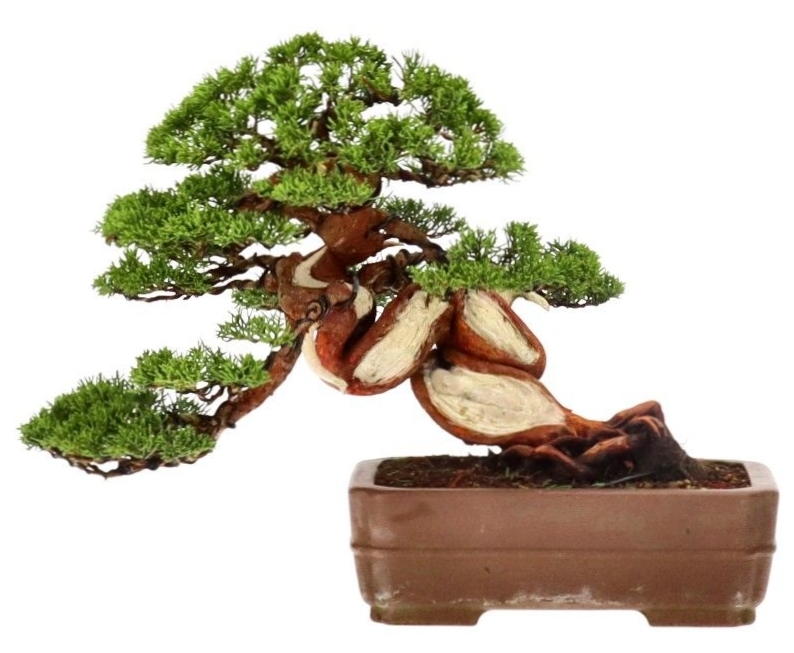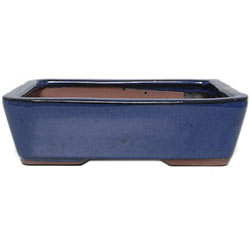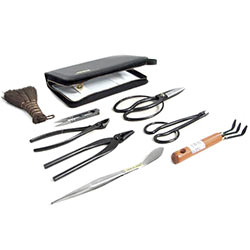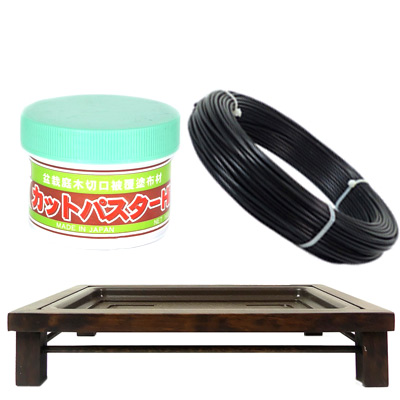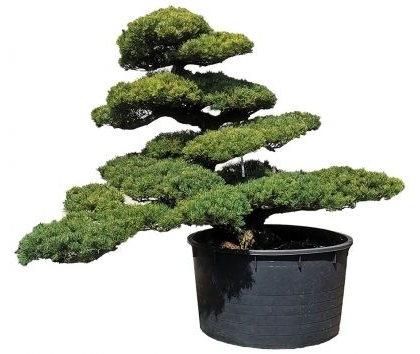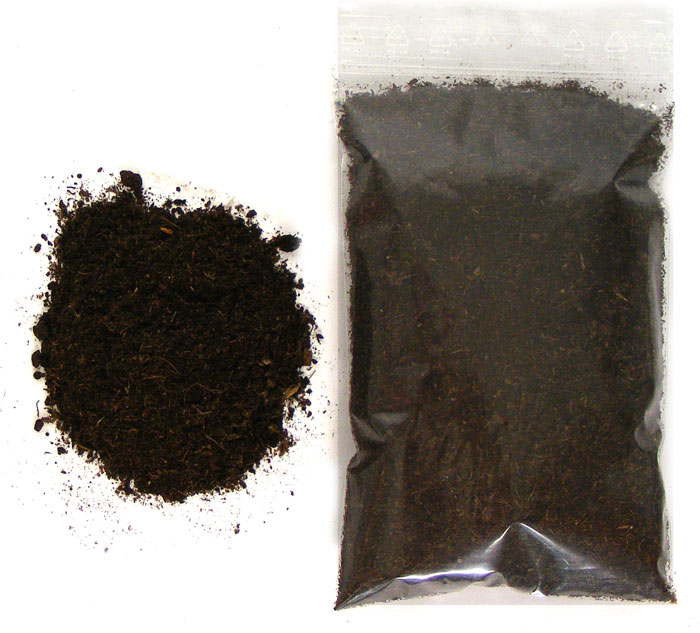Endomykorrhiza
Product number:
2183
DETAILS
Fungal spores added to a peat substrate as a soil stimulant.
"Mycorrhiza" describes a form of symbiosis between fungi and plants.
The mycelium of mycorrhizal fungi encloses the root tips of ectomycorrhiza and it penetrates the outer layer of the bark. In case of endomycorrhiza instead, the mushroom pnetrates the root cell of the plant and can no longer be detected by the naked eye.
In this way, the absorbing surface increases from a hundred to a thousand times, which increases markedly the water and nutrient uptake capacity. Many studies show that mycorrhizal plants are able to better cope with stress situations. In particular, their resistance to dryness and their capacity to survive heavy frost increase. The plant’s susceptibility to diseases reduces considerably and nutrient shortage is no longer to be expected.
Endomycorrhiza are especially important for the following trees:
Maple
Apple
Pear
Mountain ash
Yew
Cornel tree
Hazelnut
Tree of life
Litschi
Giant sequoia
Metasequoia
Spindle tree
Plum
Plane tree
Horse chestnut
Juniper
The Endomycorrhiza strains are:
Glomus etunicatum, Glomus intraradices, Glomus claroideum
(it contains no genetically modified organism.)
Mycorrhiza-units (pro cm³ of substrate): 180
Nutrient content
Total-N 0,54 %
K2O 0,1%
Organic substance: 31,5%
Dosage
20 to 40 ml per litre of plant substrate.
pH-value
6,8
Storage
2 years in a cool and dry place
"Mycorrhiza" describes a form of symbiosis between fungi and plants.
The mycelium of mycorrhizal fungi encloses the root tips of ectomycorrhiza and it penetrates the outer layer of the bark. In case of endomycorrhiza instead, the mushroom pnetrates the root cell of the plant and can no longer be detected by the naked eye.
In this way, the absorbing surface increases from a hundred to a thousand times, which increases markedly the water and nutrient uptake capacity. Many studies show that mycorrhizal plants are able to better cope with stress situations. In particular, their resistance to dryness and their capacity to survive heavy frost increase. The plant’s susceptibility to diseases reduces considerably and nutrient shortage is no longer to be expected.
Endomycorrhiza are especially important for the following trees:
Maple
Apple
Pear
Mountain ash
Yew
Cornel tree
Hazelnut
Tree of life
Litschi
Giant sequoia
Metasequoia
Spindle tree
Plum
Plane tree
Horse chestnut
Juniper
The Endomycorrhiza strains are:
Glomus etunicatum, Glomus intraradices, Glomus claroideum
(it contains no genetically modified organism.)
Mycorrhiza-units (pro cm³ of substrate): 180
Nutrient content
Total-N 0,54 %
K2O 0,1%
Organic substance: 31,5%
Dosage
20 to 40 ml per litre of plant substrate.
pH-value
6,8
Storage
2 years in a cool and dry place

